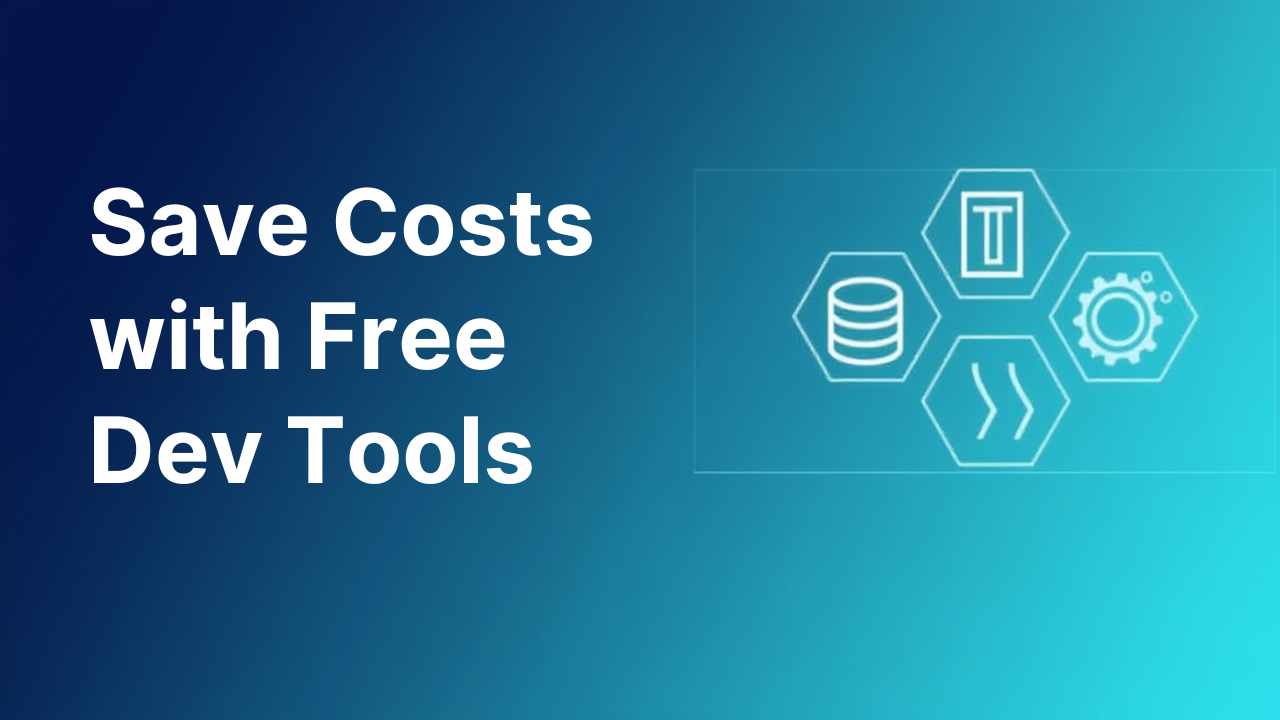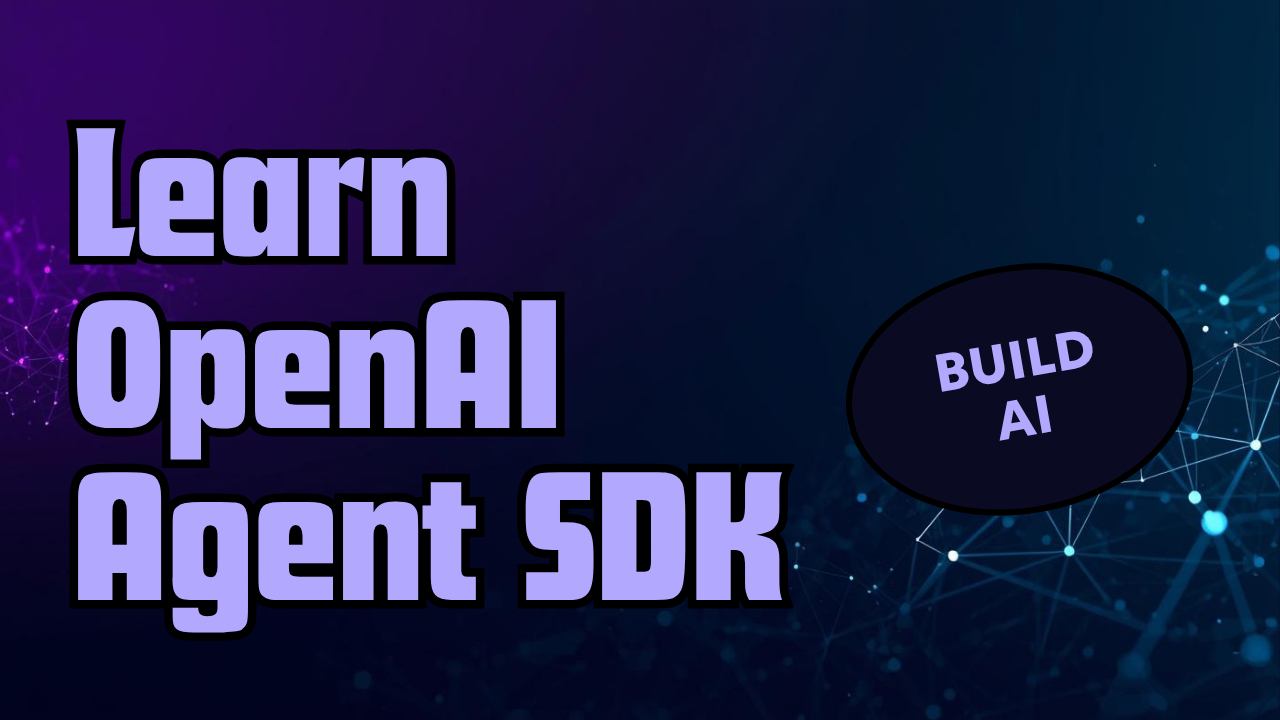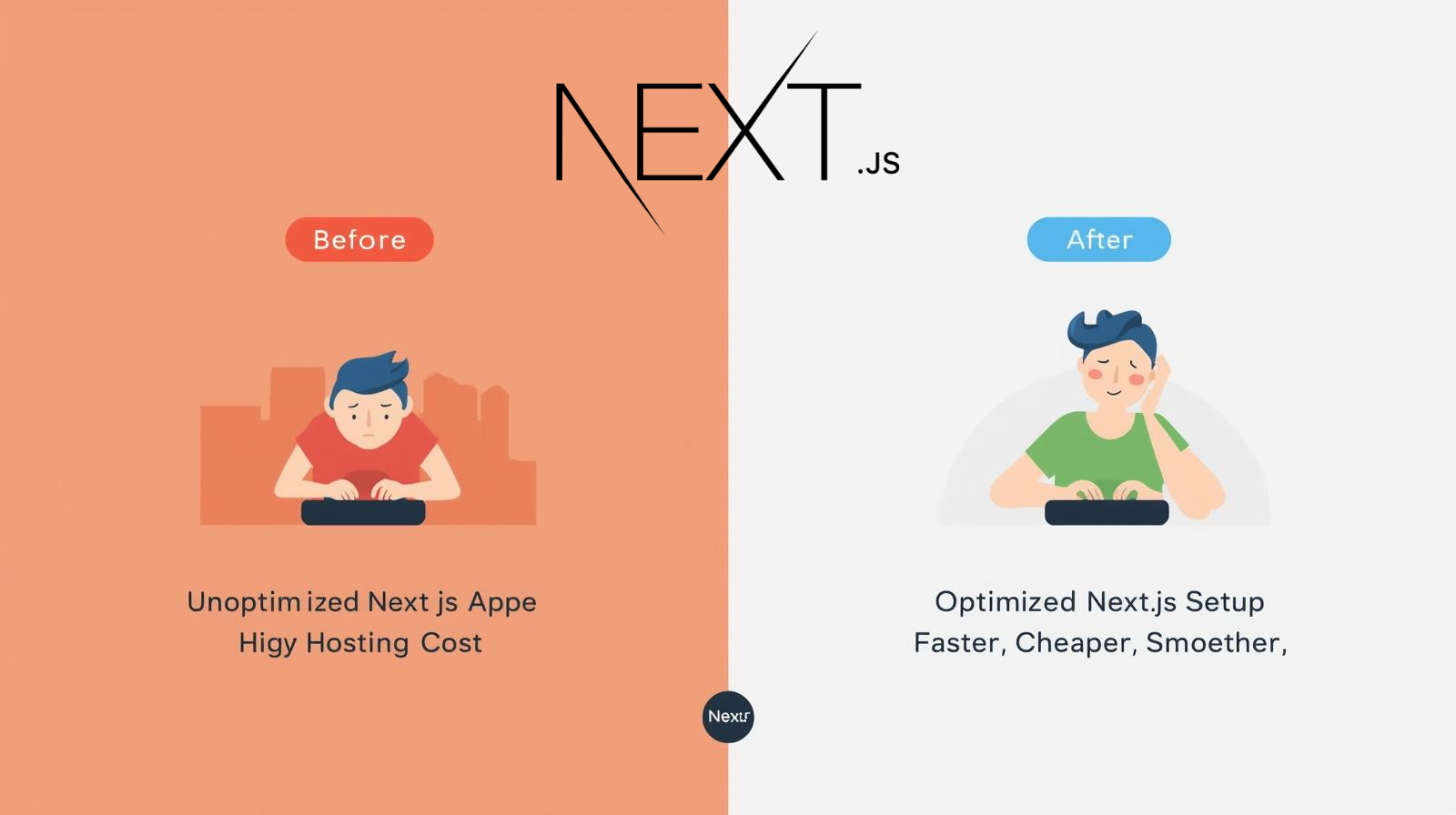Free Developer Tools That Make Paid Ones Look Bad

Whenever I start a new project, I notice one thing. Developer tools get expensive fast. Hosting, databases, emails, monitoring, automation, everything adds up. And honestly, most of those big paid tools are not even needed in the early stage. If you're building an MVP, landing page, portfolio, or even a small SaaS, you can run almost everything for free or very cheap.
Here are the expensive tools most developers jump into and the realistic alternatives that actually work.
1. Hosting
Big cloud providers like AWS, Google Cloud or DigitalOcean managed setups can become costly. Even platforms like Vercel have expensive paid tiers once you cross certain limits. If you’re not careful, small apps turn into monthly bills.
Better alternative
For web apps and landing pages, Vercel free tier or Netlify free tier is enough for most early projects. They give you automatic deployments, SSL, preview builds and serverless functions.
Render is also great for hobby backend services. Apps may sleep sometimes but for prototypes, demos and portfolio projects, it's perfect.
Real example
I hosted entire client demos on Vercel free tier for weeks. No issues, no cost.
2. Databases
Managed databases like AWS RDS or high-tier plans in Supabase or MongoDB Atlas can get pricey as soon as you scale storage or connections.
Better alternative
Neon offers a generous free Postgres tier with autoscaling and works great for apps with moderate usage.
Supabase free tier is ideal for authentication, storage and database in one place.
For very small projects, even a local database with occasional sync is enough.
Real example
My personal project ran on Neon free tier for months, handling daily usage without any upgrade.
3. File Storage
Services like S3 look cheap but storage, requests, and bandwidth can stack up quickly once your app grows.
Better alternative
Cloudinary free tier is great for images and gives transformations.
Supabase storage free tier is very easy to use with direct uploads.
For static assets or docs, GitHub or Netlify can handle the basics.
Real example
I stored hundreds of images for a landing page builder project on Cloudinary free tier and still didn’t hit limits.
4. Emails
Email services with marketing features or higher sending limits can get expensive early on, even if your app only sends verification emails.
Better alternative
Resend free tier works well for transactional emails like sign-up verification or feedback emails.
Zoho Mail is a great low-cost option if you want domain-based email (like support@yourapp.com) without paying premium prices.
Real example
I set up support email for my app using Zoho Mail and used Resend free tier for all transactional emails.
5. API Integrations
Paid APIs like advanced AI models, weather APIs, translation APIs or geolocation services can add up.
Better alternative
Use free public APIs for data like weather, countries or testing. Many of them allow thousands of requests monthly.
For AI tasks, start with limited free tiers to test if your idea is even worth upgrading.
Real example
While building a dashboard concept, I used free API endpoints for weather, sample data and country info. Worked perfectly.
6. Monitoring and Logs
Tools like Datadog, New Relic or full Sentry paid plans are built for large production systems. For early apps, they’re too much.
Better alternative
Sentry free tier is enough for error tracking on early or mid-size apps.
Most modern hosts show basic logs, so you can catch issues without a separate bill.
Real example
I monitored errors for a mini SaaS using only Sentry free tier and Vercel logs.
7. Automation Tools
Zapier and Make.com charge a lot once you add more steps or need bigger workflows.
Better alternative
n8n Community Edition is free to self-host. You can run it on a cheap VPS or a free Docker environment during development.
This way you only pay for the small machine you use, not the automation tool itself.
Real example
I automated data cleanup using n8n on a small instance that cost less than most automation subscriptions.
8. Design Tools
Premium design tools or paid templates can become expensive, especially if you’re not a full-time designer.
Better alternative
Figma free plan is enough for UI design, wireframes and even full page layouts.
Use free component libraries like Tailwind components or shadcn UI to build professional UIs without paid templates.
Real example
I built entire landing pages with free Tailwind components and Figma free plan.
9. Deployment and CI/CD
Dedicated CI/CD tools or paid container runners are unnecessary at the beginning.
Better alternative
GitHub Actions free tier is more than enough for test automation and deployments.
Most hosting services deploy directly from GitHub, so you don’t need anything extra.
Real example
All my builds and deployments run using GitHub Actions without paying for any external CI tool.
Final Thoughts
You don’t need a large budget to build solid applications. Most developer tools today have strong free tiers that let you build, test, deploy and maintain real projects. The trick is to avoid jumping into premium features before your app actually needs them.
If your project grows, upgrade later. But if you’re just starting, stick to the free or low-cost side and focus on building the actual product.


